How to win at subscription marketing: 6 strategies to scale your business
By Laura Ojeda Melchor●5 min. read●Mar 28, 2025
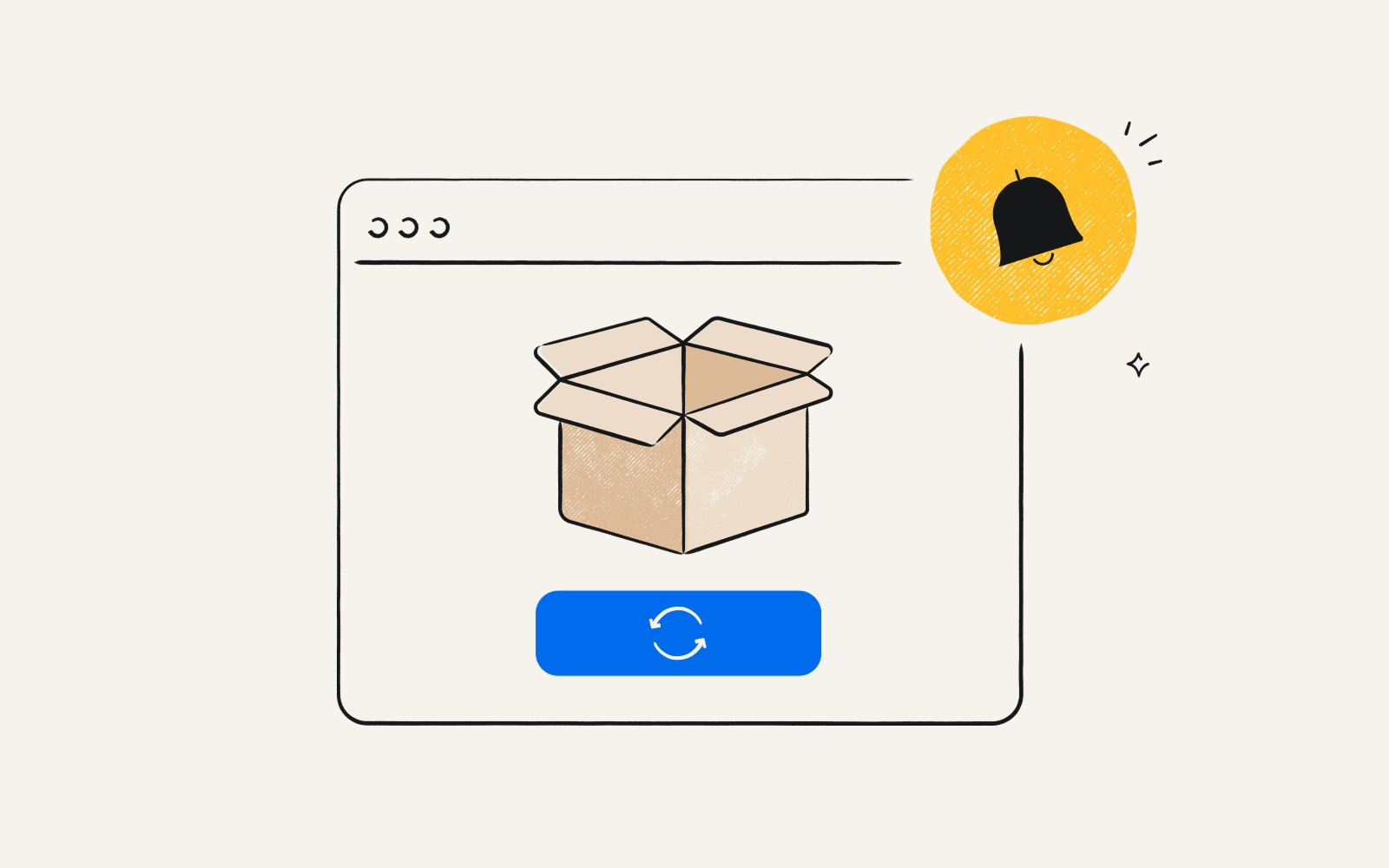
Are you struggling to get people to sign up for your subscription-based product or service? Sometimes, the market seems so saturated with subscription offerings that it can be hard to break through the noise and find your audience. But the right marketing strategy can attract the right subscribers.
To help you move past the crickets stage and into the growth phase, this article digs into six top subscription marketing strategies you can use to boost engagement and attract future satisfied customers to your product.
Why marketing B2C subscription services is different
Marketing a B2C subscription service is nothing like marketing a traditional, one-time product offering.
For one thing, the goal is completely different. In standard B2C marketing, your goal is to drive a single transaction. But with subscriptions, repeat purchases make up the foundation of your success. A single transaction is only the beginning.
To keep subscribers from bowing out, you’ll need to prove the value of your product over and over again.
That’s where these subscription marketing strategies come in.
6 marketing strategies to grow your subscriber base
The following strategies are time-tested methods that have worked for other brands trying to grow their subscriber bases.
1. Create low-risk entry points with free trials and guarantees
Free trials and guarantees make it easier for customers to try out a new subscription product or platform without fully committing to a recurring payment.
Here are the top five ways to use free trials and guarantees as a subscription marketing strategy:
No-credit-card free trial: Offer a seven- or 14-day free trial with no credit card required to lower friction, build trust, and increase sign-ups. Send a reminder email two or three days before the trial ends to encourage conversions.
Free trial with credit card: Offer a seven-, 14-, or 30-day free trial and require the customer to add a payment method. Send a reminder email two or three days before the renewal date to build trust and offer customers a way to opt out of renewal.
Freemium model: Give users the option of a limited free-forever version with the option to upgrade to a paid plan with additional features.
Money-back guarantee: Charge the subscription cost upfront but offer a no-questions-asked refund within 30 days if customers feel unsatisfied. This method has a higher barrier to entry but still offers users a safety net.
Discounted first month: Offer a steeply discounted first month to encourage sign-ups that still give you a level of financial commitment from users. Price increase reminders help avoid users feeling tricked.
For any of these subscription-based marketing techniques, the secret sauce is to make sure your product proves its value as soon as possible and makes customers want to renew.
Real-life examples of this strategy
Trello is a perfect example of using free trials and a freemium plan to snag subscribers. New users can try out Trello’s project management software through a freemium version and they get a 14-day free trial of Trello’s premium plan, with no credit card required.
Spotify offers first-time users one free month of its Premium plan. This offer does require a payment method, but instead of saying “free,” Spotify brands it as a $0 trial month. This gives users a heads-up that, unless they cancel, they'll be charged when the free month ends.
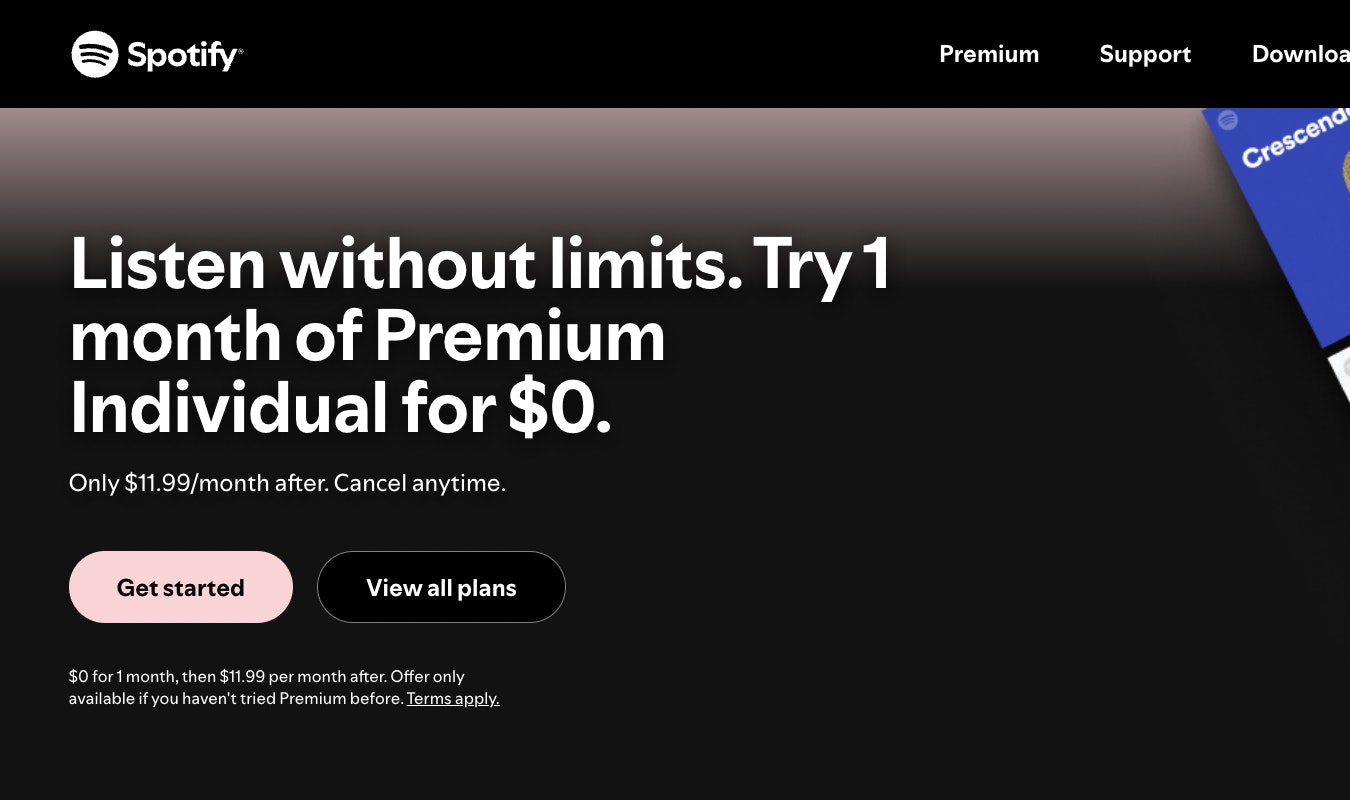
Because Spotify refers to this offer as “one month for $0” rather than calling it a “free trial,” the user’s transition to a paid subscription feels more natural.
Media sites like The New York Times and The Washington Post offer super-low introductory rates for their digital subscriptions. In the cybersecurity space, NordVPN’s money-back guarantee is a great example of using a guarantee to encourage subscription sign-ups.
2. Offer flexible pricing plans
No one wants to pay for things they won’t use, including your subscribers. Flexible pricing plans that match different needs and usage levels can help reduce churn. These plans make customers feel like they’re getting value out of a subscription without overpaying.
Hulu does this well. You can basically build your ideal Hulu subscription yourself. Don’t mind paying for ads? There’s a plan for that. Want to skip all the ads? Just pay about $10 more per month.
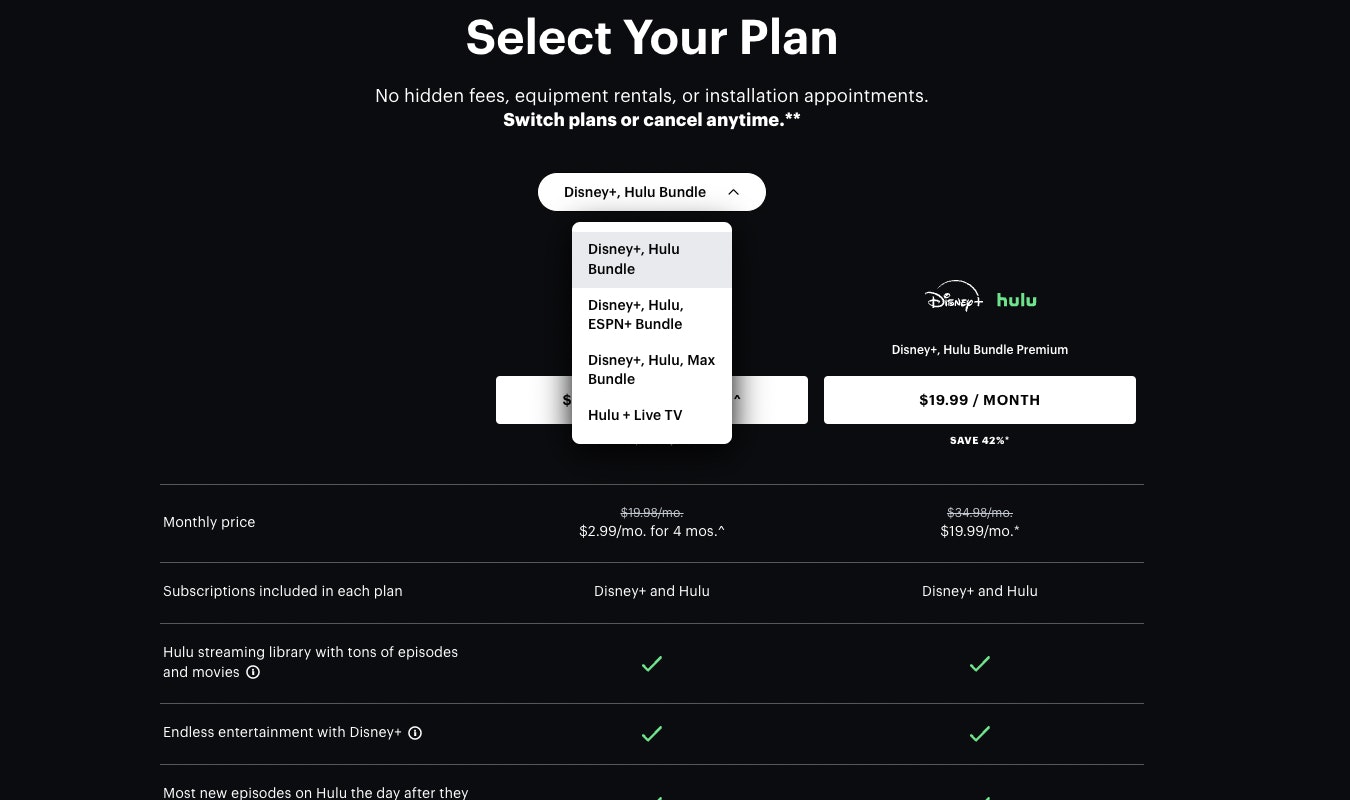
Want ESPN and Hulu, both at a discounted rate? Or how about a Hulu, Max, and Disney+ bundle? Or a STARZ add-on? Hulu embraces flexibility.
3. Encourage referrals
Word-of-mouth is one of the most valuable ways to attract new subscribers. People trust the recommendations they get from friends and family more than most other channels.
Building a referral program means harnessing these user networks to grow your list of subscribers.
You can create three types of referral programs as part of your subscription marketing strategy:
One-sided incentive: Only the person who refers new customers to the product gets a reward.
Two-sided incentive: Both the referrer and the new customer get a benefit.
Tiered rewards: Customers earn bigger or additional rewards based on the number of successful referrals they make.
As an example, consider a referral marketing strategy from the fintech platform Acorns. Acorn users can get $5 deposited into their investment account if they successfully refer a friend. But Acorns frequently offers promotional incentives that give referrers even more motivation to invite friends.
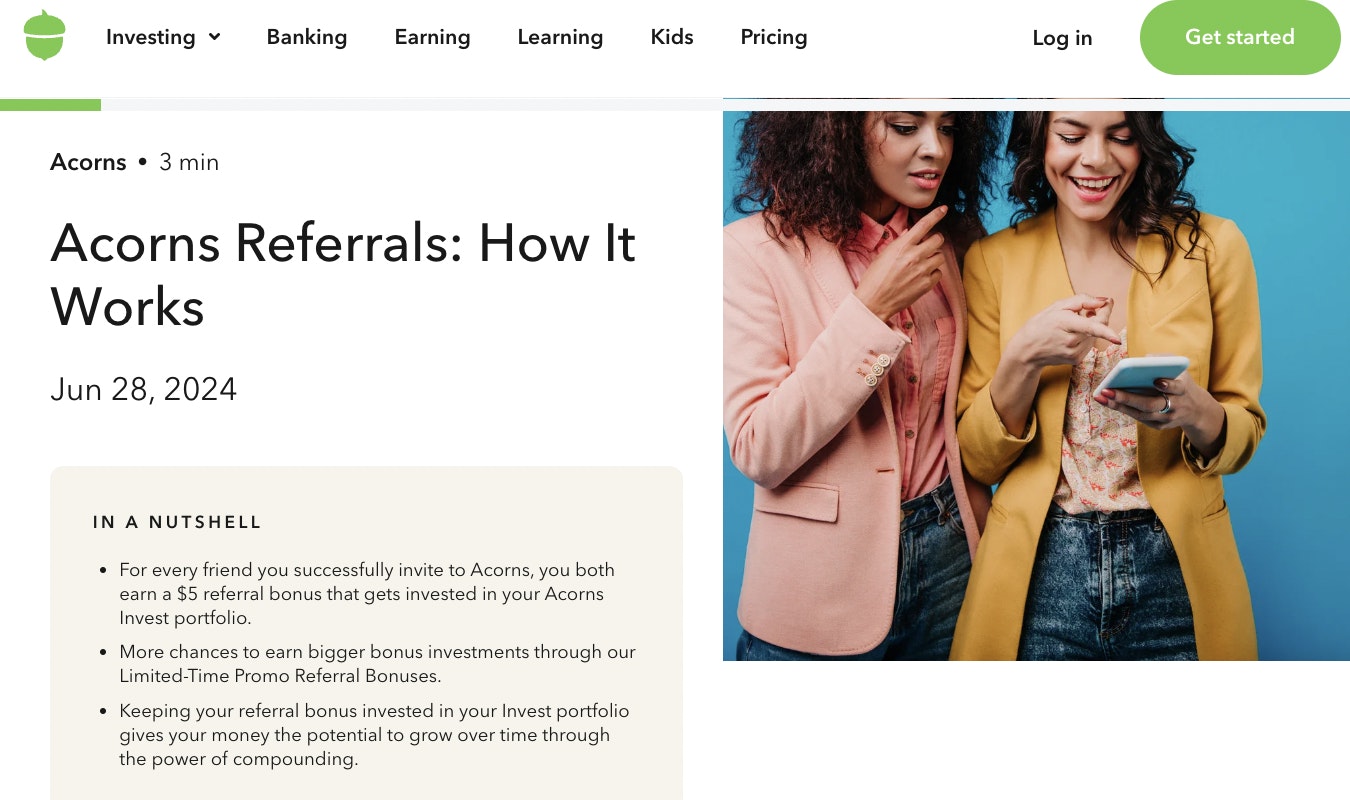
In a recent promo, referrers could get $500 deposited into their Acorns investment account if they made two successful customer referrals.
Using a platform like Tremendous makes it easier to distribute gift cards and other rewards to referrers and referees in your audience.
4. Run ads that highlight ongoing value
With subscription services, you must create a product that holds or increases its value over time. This is a particular challenge with subscription-based marketing, and it's part of what makes these products interesting.
When you’re creating subscription ads, answer these three questions in your ads and marketing copy:
How does this subscription keep getting better over time? Highlight new features, exclusive content, or ongoing improvements in your subscription ads.
What do subscribers love about the product right now? Use testimonials, case studies, and reviews to build trust.
What will you miss out on if you don’t subscribe? Create a sense of urgency with limited-time offers or perks.
As you implement answers to these questions in your subscription ads, remember the age-old rule: show, don’t tell.
5. Implement a loyalty program
Keeping subscribers engaged long-term is just as important as getting them to sign up. If not more important. In saturated markets like the software as a service (SaaS) industry, competitors are everywhere waiting to snap up your customers.
In a piece for Ohio State University’s Max M. Fisher College of Business, marketing professor Alice Li noted, “Unlike a product like Coca-Cola, where consumers are brand-faithful, digital products have much more competition, do not have the same loyalty, and need to focus their marketing efforts wisely.”
Show your subscribers how much you appreciate them with a loyalty rewards program. Consider offering points-based rewards, milestone bonuses, or cashback on renewals.
How much could your churn rate drop if you offered subscribers a $20 gift card to a store of their choice for every year of continuous membership?
Sure, you'd have to fork out extra cash, but there's a good chance you'd keep those subscribers for another term.
6. Build a community around your brand
A strong community makes your subscription feel like more than just a product. Instead, it becomes something people want to be part of. Something they'd create a subreddit about.
The budgeting software, You Need a Budget (YNAB) has successfully nourished a community around its core product. A quick look at the r/YNAB subreddit confirms this. The subreddit has 202K members and is in the top 1% of subreddits.
It’s where YNABers — yes, that’s what YNAB calls its subscribers — can go to post tips, tricks, wins, woes, and questions.
YNAB has a robust blog and content library to help new users get started, and it hosts free workshops to help users connect with each other and get the most out of the tool. The company also uses just about every strategy on this list, from a referral marketing program to a no-credit-card-required free trial.
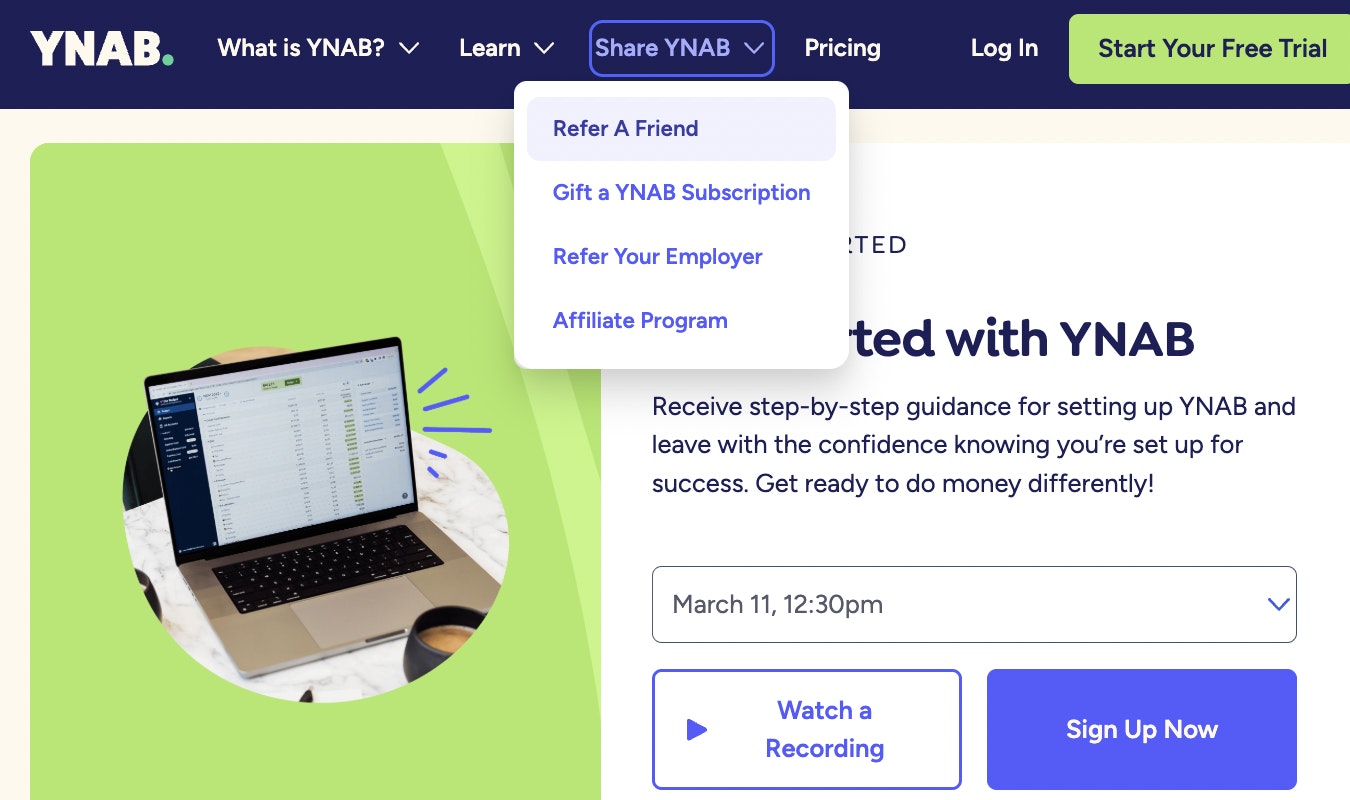
Poke around on YNAB for a masterclass on building a loyal community of fans and users.
How to measure your success
The best way to know if your subscription marketing strategies are working is to track key metrics, including:
Churn rate: The percentage of subscribers who cancel after subscribing.
Customer lifetime value (CLV): The total revenue a customer brings in over time.
Conversion rate: The percentage of people who subscribe to your product.
For a deeper dive into measuring and optimizing your strategy, check out the B2C marketer’s guide to customer acquisition.
FAQs
Updated March 28, 2025

